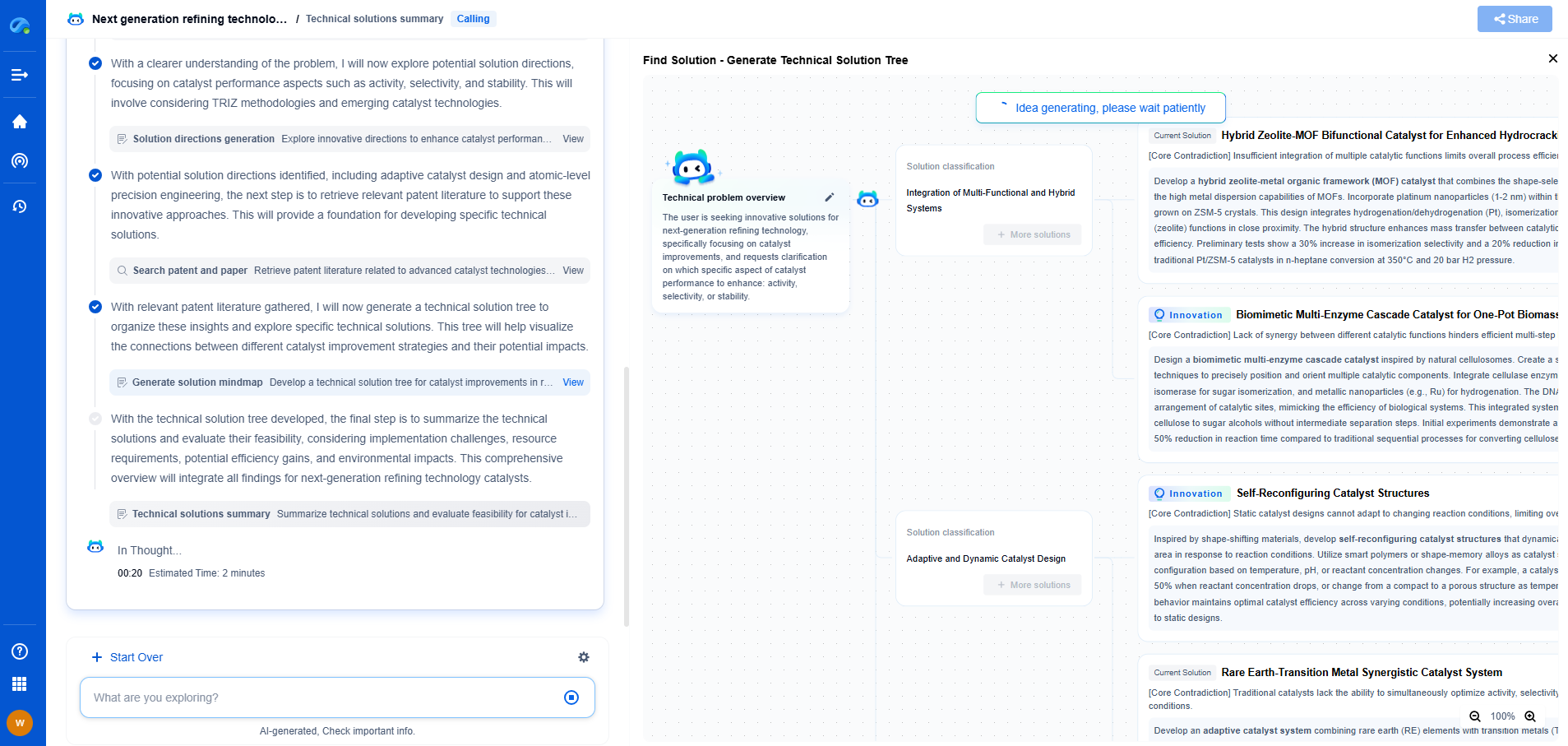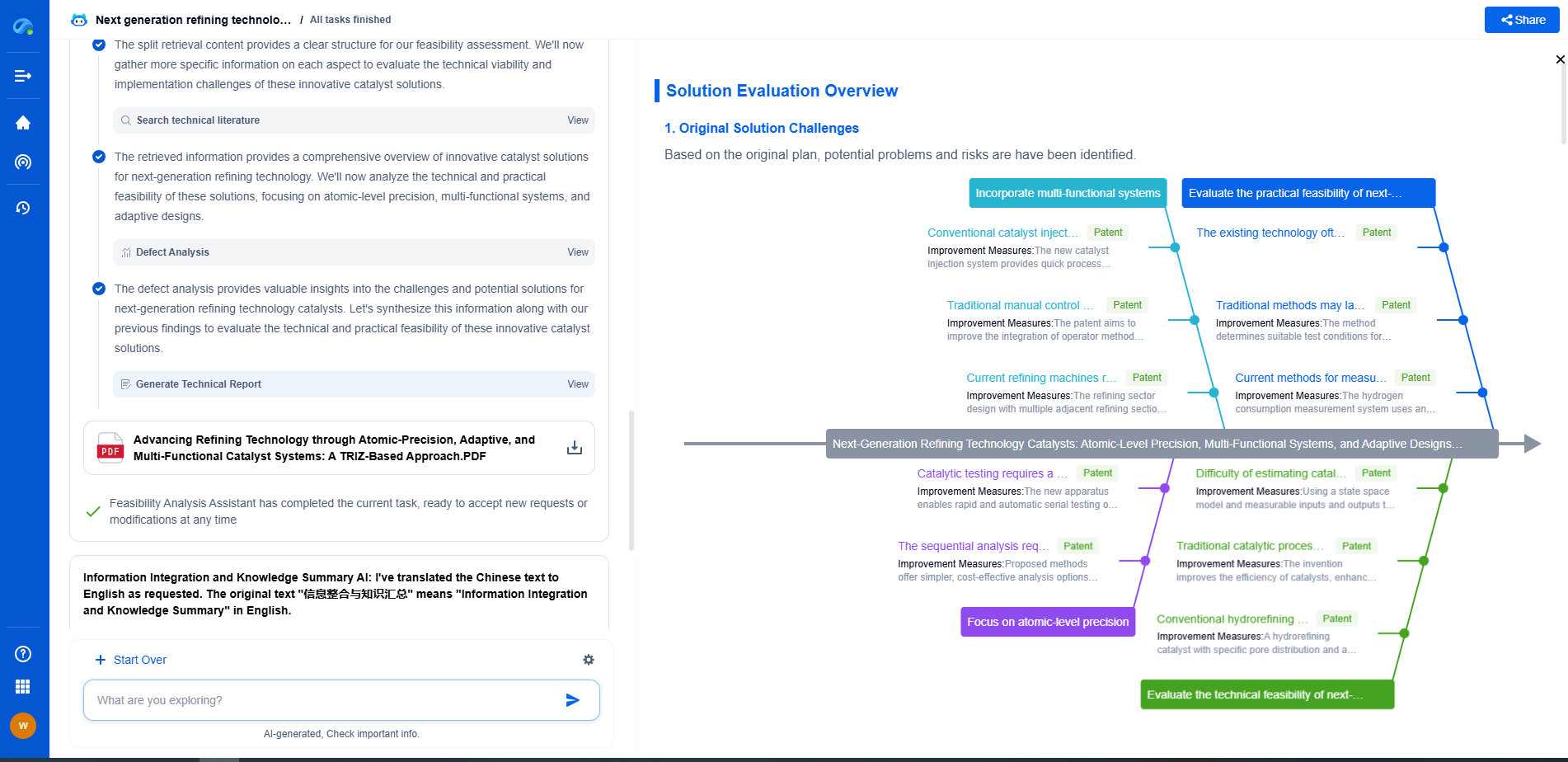What Is On-Device AI?
JUN 26, 2025 |
As artificial intelligence continues to evolve, its applications are becoming more integrated into our daily lives. One of the most exciting advancements in this field is on-device AI, a technology that processes data and executes tasks right on your device rather than relying on cloud-based services. This approach offers several advantages, such as improved privacy, reduced latency, and better offline functionality. But what exactly is on-device AI, and how is it reshaping the way we interact with technology?
The Concept of On-Device AI
On-device AI refers to the ability of a device, such as a smartphone, tablet, or wearable, to perform AI-related tasks locally. This means that the device itself is equipped with the necessary hardware and software to process data and make decisions without needing to send information to a remote server. This localized processing is made possible through advancements in microprocessors, neural network accelerators, and efficient AI algorithms that can function effectively on limited hardware resources.
Benefits of On-Device AI
1. **Enhanced Privacy and Security**: One of the most significant benefits of on-device AI is enhanced user privacy. Since data processing occurs locally, sensitive information does not need to be transmitted to cloud servers, reducing the risk of unauthorized access or data breaches. This is particularly important for applications involving personal and sensitive data, such as health monitoring and biometric authentication.
2. **Reduced Latency**: On-device AI significantly reduces the time it takes to process information and produce results. By eliminating the need to communicate with remote servers, latency is minimized, allowing for near-instantaneous responses. This is crucial for applications like real-time translation, augmented reality, and gaming, where delays can severely impact user experience.
3. **Offline Functionality**: Another advantage is the ability to function without an internet connection. On-device AI can continue to work effectively in offline mode, making it incredibly useful in areas with limited or no connectivity. This means users can still benefit from AI features during travel or in remote locations.
Applications of On-Device AI
1. **Smartphones**: Modern smartphones are equipped with on-device AI capabilities to enhance various features such as photography, voice assistants, and real-time language translation. These devices use AI to optimize battery usage, improve security through facial recognition, and provide personalized user experiences.
2. **Wearable Devices**: Wearables like smartwatches and fitness trackers utilize on-device AI for monitoring health metrics, detecting patterns, and providing insights into users' wellbeing. This local processing ensures that health data remains secure and readily accessible without relying on cloud connectivity.
3. **Autonomous Vehicles**: On-device AI is crucial in the development of autonomous vehicles, where real-time decision-making is essential for safety. These vehicles use AI to process data from sensors and cameras, allowing them to navigate and respond to their environment without delays caused by data transmission.
Challenges and Future Prospects
While on-device AI presents numerous benefits, it is not without challenges. The primary limitation is the restricted computational power and storage capacity compared to cloud-based systems. This constraint requires the development of more efficient AI algorithms and hardware that can maximize performance on limited resources.
Looking ahead, the future of on-device AI appears promising. As technology continues to advance, we can expect even more powerful and efficient devices capable of handling increasingly complex AI tasks. This evolution will likely lead to broader adoption across various industries, from healthcare and entertainment to manufacturing and beyond.
Conclusion
On-device AI represents a significant shift in the way artificial intelligence is deployed and utilized. Its ability to provide enhanced privacy, reduced latency, and offline functionality makes it an attractive option for many applications. As we continue to push the boundaries of AI technology, on-device AI will play a pivotal role in shaping the future of smart devices and our interaction with them. By bringing AI capabilities directly to our fingertips, on-device AI is set to enhance our digital experiences in unprecedented ways.
Unleash the Full Potential of AI Innovation with Patsnap Eureka
The frontier of machine learning evolves faster than ever—from foundation models and neuromorphic computing to edge AI and self-supervised learning. Whether you're exploring novel architectures, optimizing inference at scale, or tracking patent landscapes in generative AI, staying ahead demands more than human bandwidth.
Patsnap Eureka, our intelligent AI assistant built for R&D professionals in high-tech sectors, empowers you with real-time expert-level analysis, technology roadmap exploration, and strategic mapping of core patents—all within a seamless, user-friendly interface.
👉 Try Patsnap Eureka today to accelerate your journey from ML ideas to IP assets—request a personalized demo or activate your trial now.
- R&D
- Intellectual Property
- Life Sciences
- Materials
- Tech Scout
- Unparalleled Data Quality
- Higher Quality Content
- 60% Fewer Hallucinations
Browse by: Latest US Patents, China's latest patents, Technical Efficacy Thesaurus, Application Domain, Technology Topic, Popular Technical Reports.
© 2025 PatSnap. All rights reserved.Legal|Privacy policy|Modern Slavery Act Transparency Statement|Sitemap|About US| Contact US: help@patsnap.com

